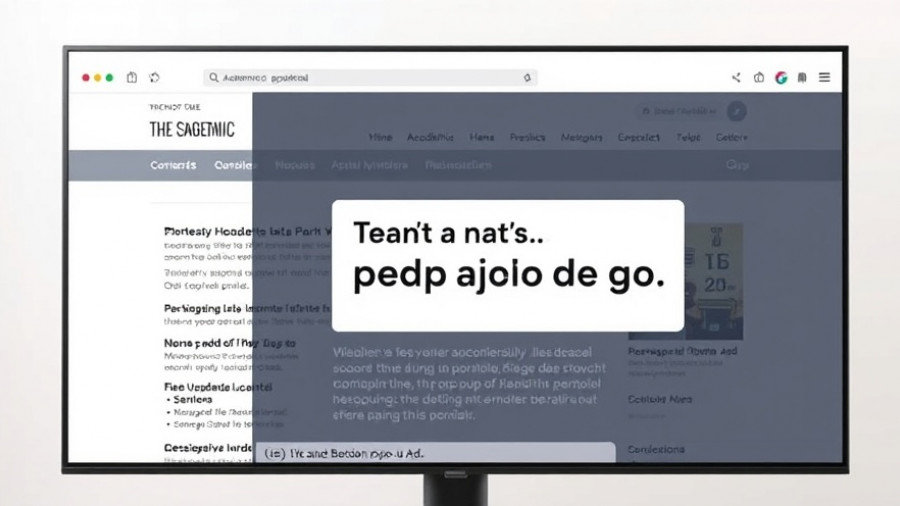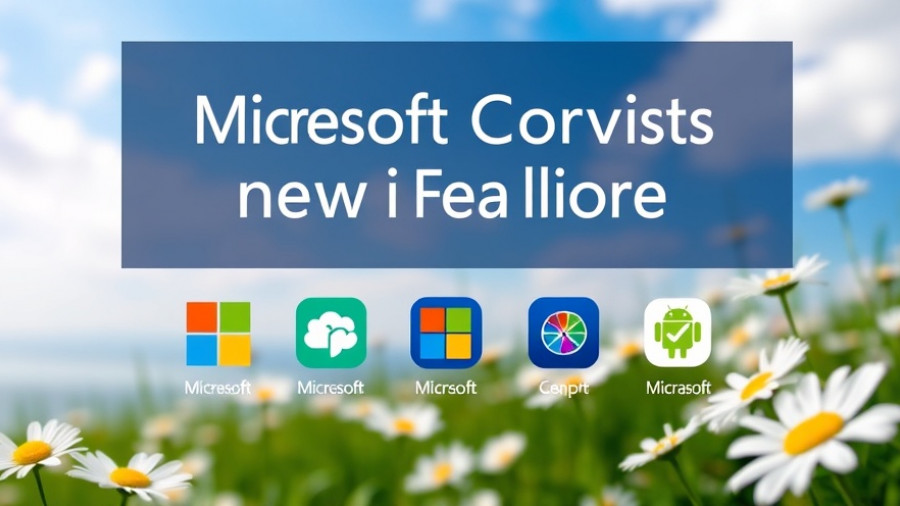
Microsoft’s New Personal Copilot: Revolutionizing Work Dynamics
Microsoft has taken a groundbreaking step by allowing employees to utilize their personal Copilot AI tools at work. This mark of innovation integrates individual productivity with organizational efficiency, enabling workers to enhance their performance seamlessly. The significance of merging personal AI assistants with workplace environments is multifaceted, bridging the gap between personal and work-related tasks while promoting an efficient workflow.
The Rise of AI in the Workplace
Artificial Intelligence (AI) has transformed from a niche technology to a core component of business operations across varied sectors. As organizations strive for agility, Microsoft Copilot emerges as a beacon of productivity. Designed to integrate with Microsoft 365 applications, it automates repetitive tasks and offers actionable insights, dramatically boosting workplace efficiency.
Key Features of Microsoft’s Copilot
With capabilities that extend beyond simple task automation, Microsoft Copilot significantly enhances decision-making and collaboration. It drafts emails, summarizes meetings, and generates reports quickly, allowing workers to focus on strategic activities rather than mundane tasks. The AI can also provide real-time insights from business data, offering suggestions based on past interactions, and enabling users to maintain flow within their work.
Enhancing Productivity Across Various Roles
Whether in sales, finance, or human resources, Copilot can provide role-specific advantages. For example, sales teams can leverage it to draft proposals rapidly, while finance departments can analyze trends efficiently. This adaptability across various professional roles indicates its potential to boost productivity throughout an organization.
Security and Compliance: Built-In Safeguards
Concerns about data privacy and security are paramount in any digital tool introduction. Microsoft has built Copilot with enterprise-grade security measures. It respects data privacy by ensuring that prompts, inputs, and responses are not used to train models, thus maintaining strict confidentiality and compliance with organizational policies.
Future Trends in AI and Workplace Integration
As companies increasingly embrace AI technologies, the trend of personalized AI tools in the workplace will likely continue to grow. Microsoft’s approach underscores the importance of AI in enhancing workplace productivity and decision-making processes. This integration emphasizes a future where AI not only assists but also collaborates with human workers to drive innovation and efficiency in business.
The Emotional Impact of AI in the Workplace
Bringing personal AI into the workplace can evoke a range of emotions among employees—from excitement about increased productivity to concerns regarding job displacement. However, it’s essential to frame AI as a tool to amplify human potential rather than replace jobs. Educating employees on the benefits of AI can alleviate fears and encourage acceptance, leading to an innovative work culture.
Conclusion: Embracing the Future of Work
In conclusion, Microsoft’s allowance of personal Copilot AIs in the workplace signals a substantial shift in how technology can enhance human productivity while ensuring security and compliance. As organizations consider integrating AI solutions like Copilot, it's crucial to address employee concerns and highlight the opportunities for improving work efficiency and satisfaction. Embracing AI tools will not only lead to a more productive workplace but also prepare businesses for the challenges of a rapidly evolving technological landscape.
 Add Row
Add Row  Add
Add 




Write A Comment